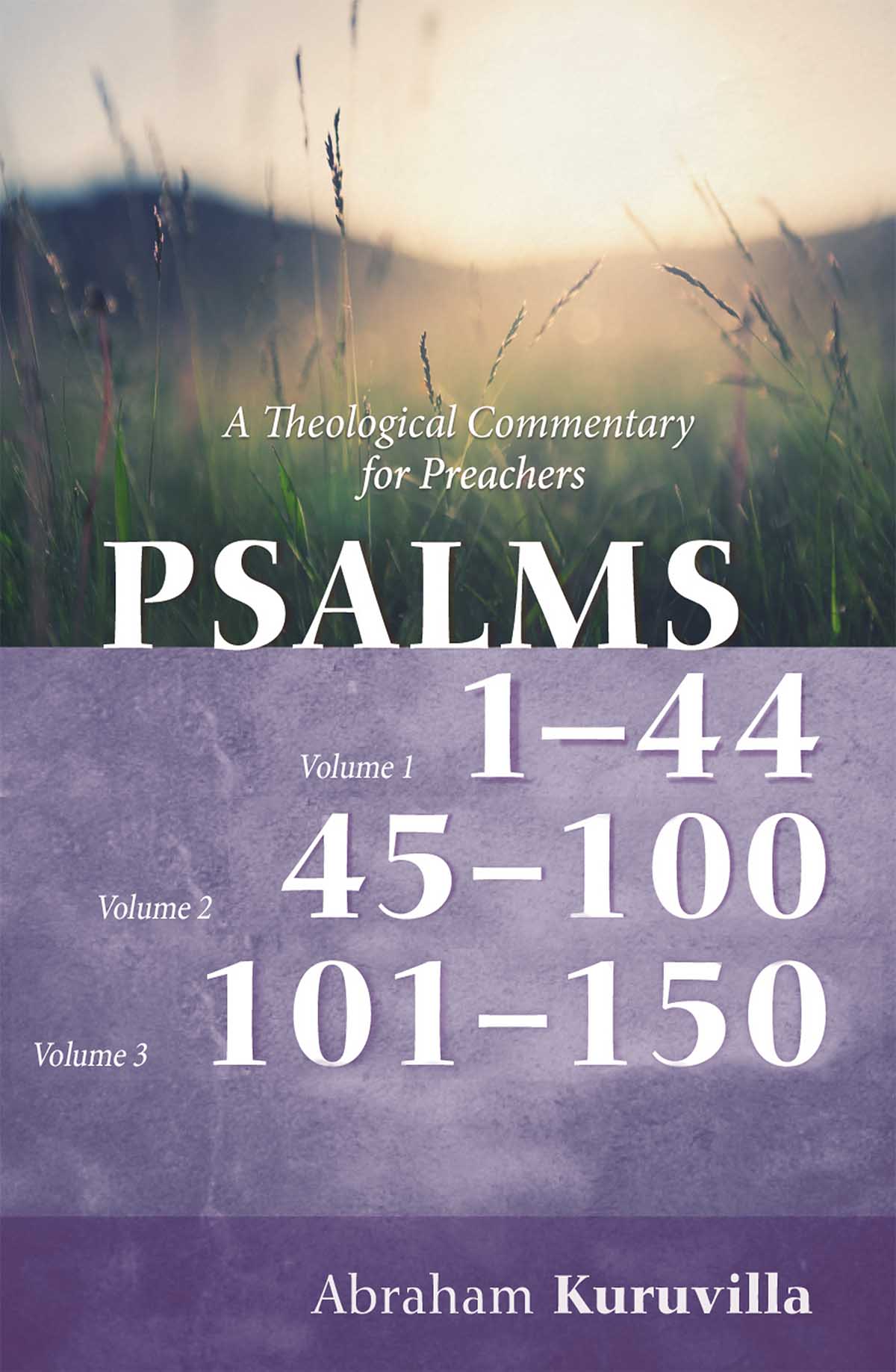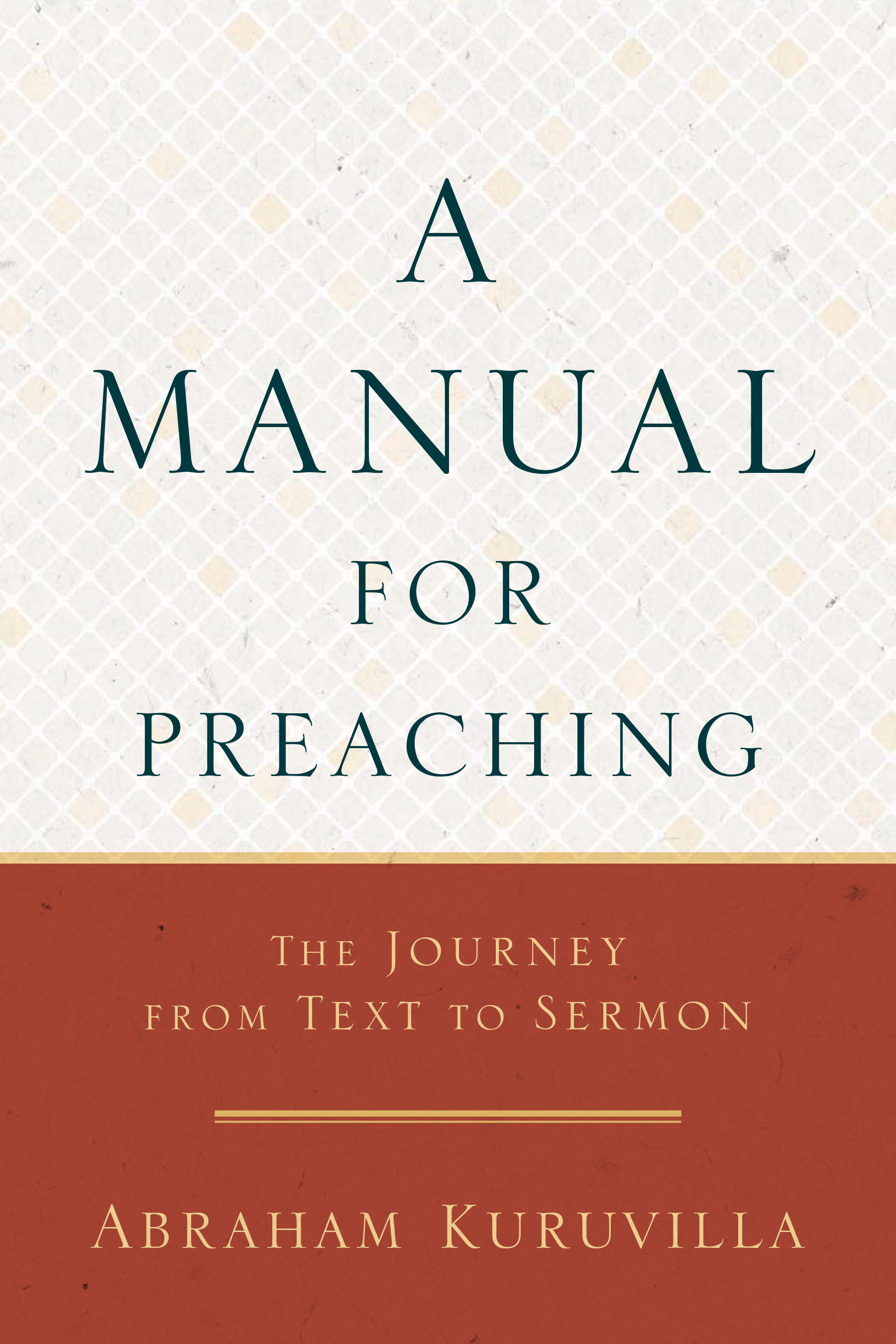Mark 10:32–52

The true sign of greatness of disciples is their acceptance of Jesus’ mission to follow his model of suffering and service.
“For even the Son of Man did not come to be served but to serve …
Mark 9:35
This section has the most detailed Passion Prediction in Mark (10:33–34), which is followed by a depiction of the complete incomprehension on the part of Jesus’ disciples about his mission.
James and John already had had a fairly higher standing around Jesus than the rest: they had been individually called (1:19); they had accompanied Jesus to the house of Simon and Andrew (1:29); they were given a special surname (3:17); and they, with Peter, were the only ones to witness the raising of the little girl (5:37) and the Transfiguration (9:2). Perhaps it is that latter event, and the approach to the “royal” city of Jerusalem that precipitated their itch for glory, which they mistakenly thought was coming soon. The brothers apparently had heard only the part of the Passion Prediction that dealt with the resurrection—now they wanted to share in that glory. Here the two siblings sought to be elevated to positions adjacent to Jesus’ own glorified locus (10:35–37).
The indignant reaction of the ten, as they heard this demand, demonstrated that they were not much better informed than the sons of Zebedee (10:41): they were irked probably because they did not get the chance to ask Jesus first for those upgrades to better seats on the Royal Airline of Glory.
But the route to glory for Jesus and for all who would follow him, is suffering, symbolized by the “cup” and Jesus’ “baptism” (10:38–39). While the disciples make an imprudent declaration of their ability to share in Jesus’ suffering, even to be on his right and left (10:37, 39–40), the reader who remembers the details of the Passion will no doubt recollect that the ones subsequently positioned at Jesus’ right and left were not these glory-seeking disciples, but thieves, with the setting not a throne but a cross (15:27). Of course, none of the Twelve were around then; they had all fled (14:50).
Jesus then gives them a lesson on greatness, equivalent to service, Jesus declares, and sacrificial service at that. The structure of the section is illuminating (notice the parallels, A and A’, B and B’, and the central pivot, C):
A Rulers of the Gentiles lord over them (10:42a) [to rule = to lord]
B Their “great” men exercise authority over them (10:42b) [to be great = to exercise authority]
C But it is not this way among you (10:43a) [a different way: instead …]
B’ The “great” person is to be a servant (10:43b) [to be great = to serve others]
A’ First among you is to be be slave of all (10:44) [to be first = to be a slave]
Jesus then proceeds to set himself as the model of such greatness in 10:45; his followers are called to sacrifice themselves for Jesus’ mission and for the sake of the Gospel.
This is followed by the healing of blind Bartimaeus (10:46–52), an instantaneous healing that is on one end of Act II of Mark (8:22–10:52), unlike the two-stage healing of another blind man at the other end of Act II (8:22–26). The disciples should have been like these blind men: first gradually seeing, until now when, like Mr. Bart, they perfectly see, and leave all to go with Jesus. The blind man had become a disciple, a follower (10:52), while the sons of Zebedee and the rest, remain clueless—faux disciples!
What will you do? How will we be great?











 Abe Kuruvilla is the Carl E. Bates Professor of Christian Preaching at The Southern Baptist Theological Seminary (Louisville, KY), and a dermatologist in private practice. His passion is to explore, explain, and exemplify preaching.
Abe Kuruvilla is the Carl E. Bates Professor of Christian Preaching at The Southern Baptist Theological Seminary (Louisville, KY), and a dermatologist in private practice. His passion is to explore, explain, and exemplify preaching.